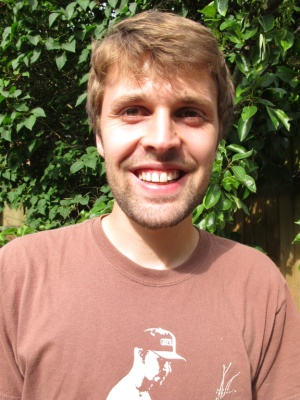Cottee-Jones, H.E.W., Matthews, T.J., Bregman,T., Barua, M., Tamuly, J. & Whittaker, R.J. (2015) Are protected areas required to maintain functional diversity in human-modified landscapes?
PLOS One,
0123952, 1-22. DOI:10.1371/journal.pone.0123952 (IF2015 3,057; Q1 Multidisciplinary Sciences)
The conversion of forest to agriculture across the world’s tropics, and the limited space for protected areas, has increased the need to identify effective conservation strategies in human-modified landscapes. Isolated trees are believed to conserve elements of ecological structure, providing micro-sites for conservation in matrix landscapes, and facilitating seed dispersal and forest restoration. Here we investigate the role of isolated Ficus trees, which are of critical importance to tropical forest ecosystems, in conserving frugivore composition and function in a human-modified landscape in Assam, India. We surveyed the frugivorous birds feeding at 122 isolated Ficus trees, 33 fruit trees, and 31 other large trees across a range of 32 km from the nearest intact forest. We found that Ficus trees attracted richer and more abundant assemblages of frugivores than the other tree categories. However, incidence function estimates revealed that forest specialist species decreased dramatically within the first kilometre of the forest edge. Despite this, species richness and functional diversity remained consistent across the human-modified landscape, as habitat generalists replaced forest-dependent frugivores, and accounted for most of the ecological function found in Ficus trees near the forest edge. We recommend that isolated Ficus trees are awarded greater conservation status, and suggest that their conservation can support ecologically functional networks of frugivorous bird communities.

